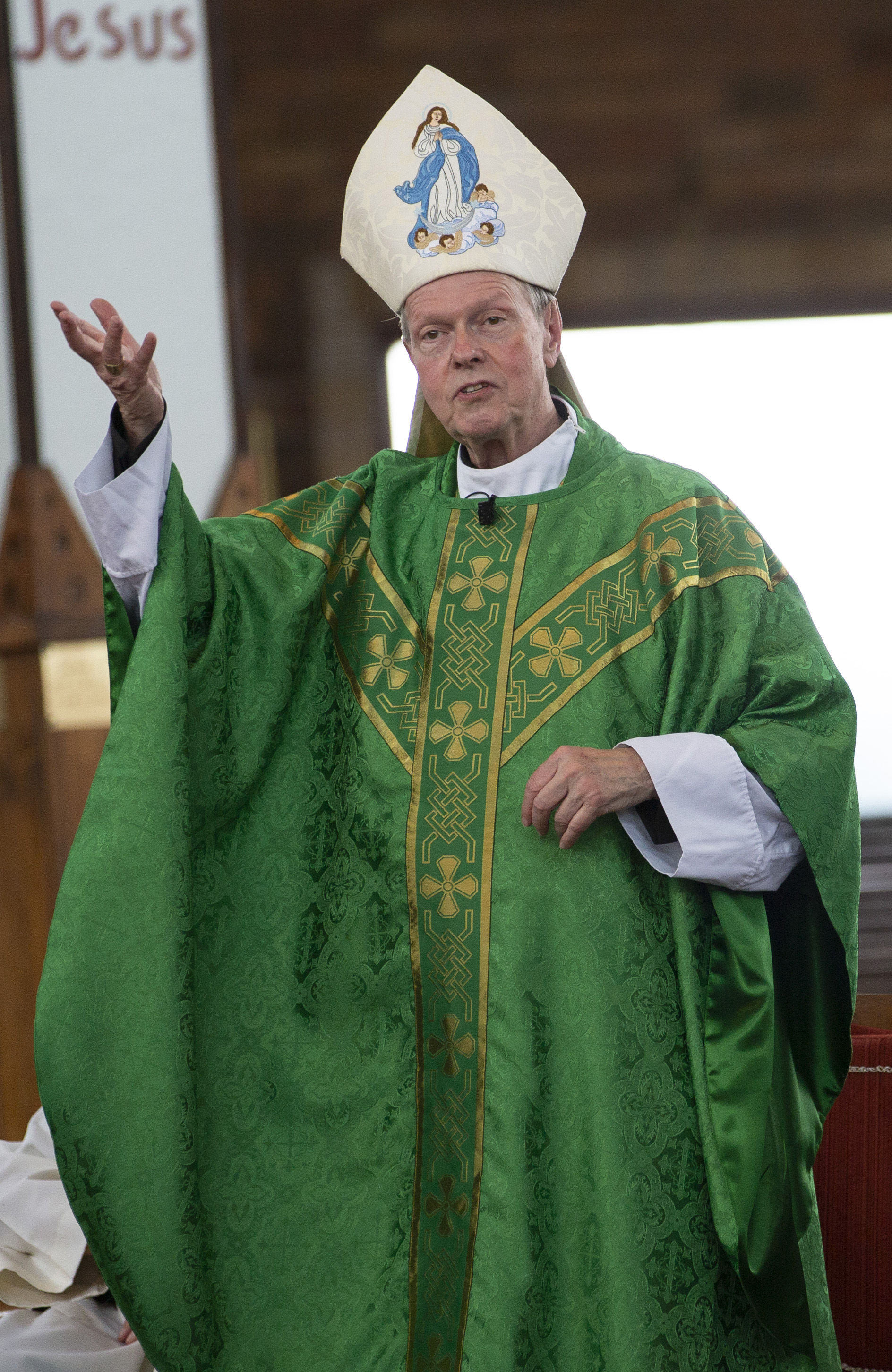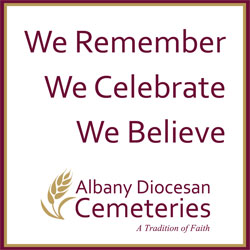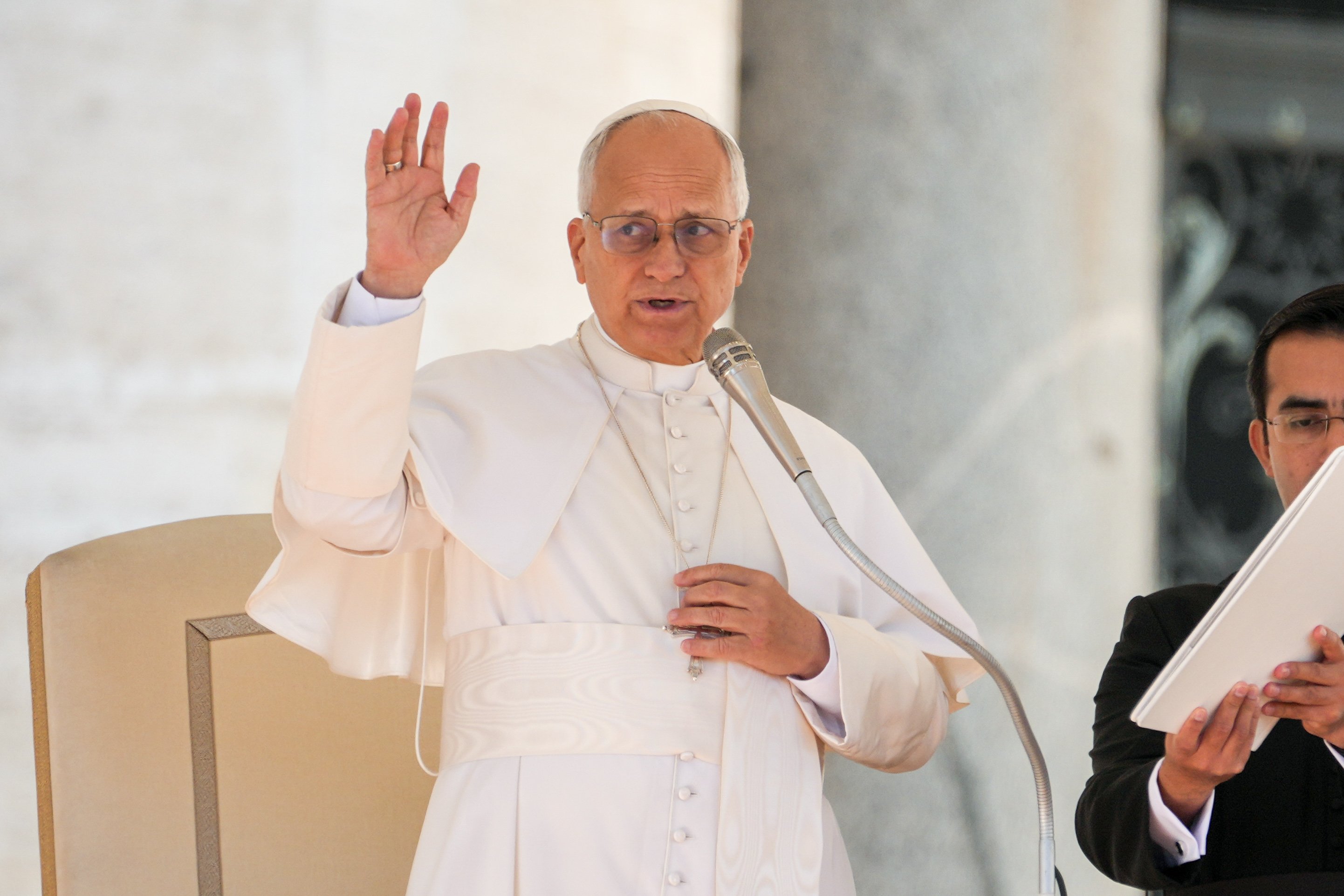April 6, 2018 at 1:53 p.m.
SEMINARIAN'S DIARY
Lessons from Jesuit missionaries
The institute was established in 1965 to teach Spanish to future missionaries to Latin America. It offers courses in Spanish and English as well as the two major native languages spoken in Bolivia: Quechua and Aymara.
The institute strives to teach future missionaries the importance of learning the language within the "cultural context" of the people. This requires that the student not only learn to speak the language fluently, but also to understand and appreciate the history and traditions of the people with whom the missionary will live and work. Maryknoll encourages every student to participate in cultural activities and traditions of the people.
Recently, I traveled to one of the early Jesuit mission sites in Bolivia: the region known as Chiquitanía, in the eastern part of the country. Chiquitanía literally means "place of small people." Although the inhabitants were not any smaller than the average person, the name was given by foreign colonists and explorers because the doors of the native dwellings were very low.
In 1691, the first Jesuit missionary, Rev. Lucas Caballero, came to Bolivia from a central mission site in Paraguay. Bolivia and Paraguay were Spanish colonies; Jesuit missionaries arrived here shortly after the explorers.
At first, Padre Caballero was not welcomed by the indigenous peoples. He persevered and, eventually, the Chiquito people came to accept him. He invited more missionaries to join him. Of these, one of the most important and best remembered is a fellow Jesuit, Rev. Martin Schmid from Germany.
By the early 1700s, the Jesuits had established communities called "reductions" where natives could live together, be instructed in the faith and be trained in carpentry and music. At the center of each reduction, a large cross was erected, with four palm trees surrounding it to represent the four Gospels and the four corners of the world.
The Jesuits learned that the Chiquitos were a gentle, loving people, and that the best way to evangelize was to emphasize God's eternal love for them and to teach them about the glory and beauty of heaven.
For the Chiquito people, the beauty of the natural surroundings was the closest thing to heaven. The Jesuits incorporated this understanding into the church architecture and artwork.
Pillars supporting the roof resemble the trees of the surrounding jungle; murals depict vines and plants. The upper walls are painted to depict heaven. At the juncture of this figurative heaven and earth are figures of angels.
These churches are living testaments to the culture and tradition of both the Catholic missionaries and the Chiquito people. An inscription on one church reads, "Domus Dei et porta coeli" ("House of God, door of heaven," from Genesis 28:17).
I attended a Mass at the church in Concepción, a town of roughly 7,000 people. I arrived early and joined the community in praying the Rosary. The church, which accommodated about 800 people, gradually filled with families; by the time Mass began, it was nearly full.
I sensed the profound devotion and deep faith of the priest and people. The ornate woodwork and brilliant colors of the restored church complemented the solemnity of the sacred liturgy. I could feel the blending of heaven and earth which the early Jesuits sought to create.
After Mass, I could not help but think how this wonderful church in a remote little town is completely unknown to the rest of the world. The town of Concepción produces nothing substantial; most of its inhabitants live in simple dwellings and travel only on foot or by bicycle or motorcycle. Yet, in this church, in this holy place, I sensed God's real and abiding presence.
These people have a priceless and living encounter with God, and their lives are enriched each time they gather to worship Him at Mass. It is a blessing and a treasure for to me to have come here.
Some areas of Chiquitanía remain as remote and foreign as they were to the early missionaries. To get to the first mission from Santa Cruz (the largest city in Bolivia) took nearly five hours by bus. We drove through vast farmlands of soybeans, corn and sunflowers, over bumpy roads.
I thought of the early missionaries who arrived in this foreign land with so little, unable to speak the language of the natives. They must have feared for their lives; they must have gotten sick frequently. I thought of the dedication they brought, their conviction of the truth of the faith and their desire to spread it.
People often create a picture of missionaries as overzealous foreigners coming to force their beliefs on another people, squashing their customs and traditions. My experience convinced me that this is absolutely untrue.
Whether at Chiquitanía or at Ossernenon (Auriesville) in the Albany Diocese, Catholic missionaries have honored the customs of the people by interweaving them with the truth and beauty of the Catholic faith.
At times, missionaries even influenced secular cultural traditions. When Jesuits established the missions, they brought musical instruments and arrangements from the Baroque period. They taught the people how to play the violins and cellos. Soon, the indigenous people began to write and perform their own music, as well.
Today, each community established by the Jesuits in Bolivia boasts its own ensemble, youth orchestras and choruses. Every two years since 1996, an international music festival takes place in the Chiquito missions.
My vocation is much different than that of the early Jesuit missionaries. However, I am called to bring the same level of faith with the zeal they had. Although I will probably never go to some distant land, there is much work to do in my own country. The missionaries of the past have taught me that every person deserves to know Christ and His love.
The call requires preparation, dedication, commitment and zeal, rooted in love for Jesus Christ, who will help me bring His love to His people.
I pray for myself and for all seminarians, that the great missionaries of the past will inspire and guide us as we prepare to continue to proclaim the Gospel in a new evangelization in our day.
(Brian Slezak is studying for the priesthood for the Albany Diocese at Mundelein Seminary in Chicago. He's a native of St. Margaret of Cortona Church in Rotterdam Junction, a mission of St. Joseph's parish in Schenectady.)[[In-content Ad]]
SOCIAL MEDIA
OSV NEWS
- ‘Leo from Chicago:’ Vatican releases new documentary on pope’s early years
- Archbishop Coakley and Bishop Flores are elected president and vice president of USCCB
- Survey: Young adult Catholics are the most engaged and most at risk of leaving the church
- U.S. bishops to Pope Leo: We ‘will continue to stand with migrants and defend everyone’s right to worship free from intimidation’
- Catholics in Mexico oppose proposed online media gag law
- First plenary of French bishops under Cardinal Aveline discusses turbulent topics
- Live blog: Archbishop Coakley new USCCB president-elect, Bishop Flores USCCB vice president-elect
- US bishops celebrate Mass to ‘beg the Holy Spirit to inspire’ their fall assembly
- As deal to end shutdown advances, Catholic groups urge action on health insurance costs
- Texans vote overwhelmingly to enshrine parental rights in state constitution







Comments:
You must login to comment.